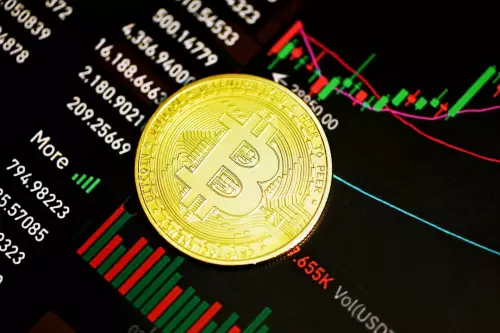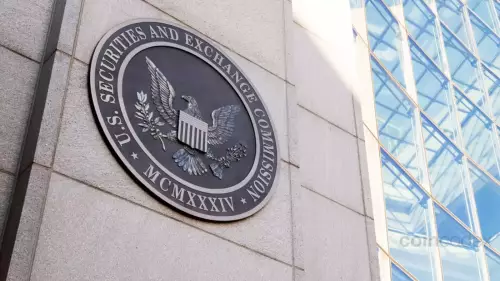 |
|
 |
|
 |
|
 |
|
 |
|
 |
|
 |
|
 |
|
 |
|
 |
|
 |
|
 |
|
 |
|
 |
|
 |
|
Cryptocurrency News Articles
Arbitrum, Toncoin, BlockDAG Presale: What's the Buzz in the Crypto Space?
Sep 27, 2025 at 02:15 am
Explore the dynamics of Arbitrum, Toncoin, and BlockDAG's presale. Discover key findings, trends, and insights shaping the future of crypto investments.

The crypto world is buzzing with activity, and three names are consistently popping up: Arbitrum, Toncoin, and BlockDAG. Let's dive into what's making them the talk of the town.
BlockDAG: Speed and Scale in Action
BlockDAG is not just making promises; it's delivering. With a staggering $410 million raised in its presale and over 26.5 billion coins sold, BlockDAG is proving its mettle. Early investors are already seeing returns of 2900% from batch one, and over 20,000 mining units have been distributed globally. The X1 mobile miners are operational, and a testnet launch is on the horizon. This is infrastructure investors can actually use right now.
Tech Stack Advantage
BlockDAG's hybrid DAG + PoW system is built for performance. Supporting 15,000 TPS, the upcoming testnet includes account abstraction, explorer tools, and Stratum protocol support for real-time hardware miner syncing. Miners are already in the field, and the X1 mobile app is powering BDAG accumulation on millions of devices. This isn't just talk; it's action.
Arbitrum: Incentives and Growth
Arbitrum is attracting attention with its DRIP airdrop incentives and support for app growth across its Layer 2. The acquisition of ZeroDev brings smart account tooling and privacy enhancements. However, the focus remains on potential future developments rather than current, tangible results.
Challenges and Bottlenecks
Arbitrum faces challenges with throughput bottlenecks and lacks a fully distributed infrastructure. Its optimistic rollup logic with Ethereum settlement limits independent operation at ultra-high speeds. There's no miner integration or hardware-backed scaling architecture. While developer activity is strong, the absence of real-world utility is a critical consideration for investors.
Toncoin: Telegram's Fuel for Growth
Toncoin is leveraging its integration with Telegram to expand wallet installations and user exposure rapidly. However, it falls short on testnet throughput transparency, miner or validator hardware distribution, and user-deployable tooling. Despite growing interest in price predictions, the underlying system lacks clarity on capacity benchmarks and decentralized infrastructure readiness.
Infrastructure Gaps
Telegram’s user base may drive adoption, but the platform has yet to confirm its ability to scale consistently under stress. There's no explorer showcasing real-time network throughput or hardware integration to mirror BlockDAG's accomplishments. Without this, Toncoin’s ability to support serious decentralized applications remains more speculative than actionable.
Final Thoughts: Infrastructure Matters
BlockDAG stands out with working miners, an active mobile mining base, a confirmed testnet launch date, and explorer tooling already in place. Arbitrum's incentive strategy and privacy tooling are promising but lack benchmarks. Toncoin's growth is impressive in user count but lacks infrastructure transparency. When deciding what to invest in, the gap between idea and infrastructure is key. BlockDAG has closed that gap.
So, what's the takeaway? While Arbitrum and Toncoin have their strengths, BlockDAG's tangible infrastructure and real-world deployment give it a distinct edge. It's like they're building the roads while others are still drawing up the blueprints. Pretty cool, right?
Disclaimer:info@kdj.com
The information provided is not trading advice. kdj.com does not assume any responsibility for any investments made based on the information provided in this article. Cryptocurrencies are highly volatile and it is highly recommended that you invest with caution after thorough research!
If you believe that the content used on this website infringes your copyright, please contact us immediately (info@kdj.com) and we will delete it promptly.






























































